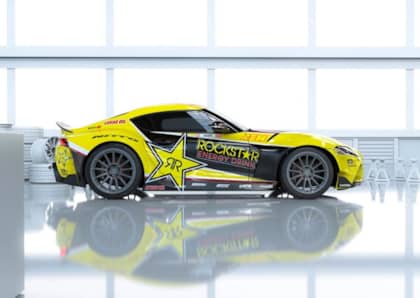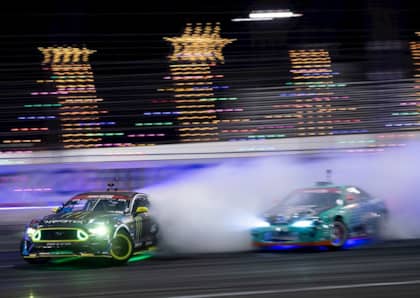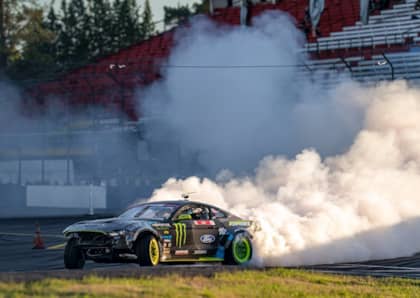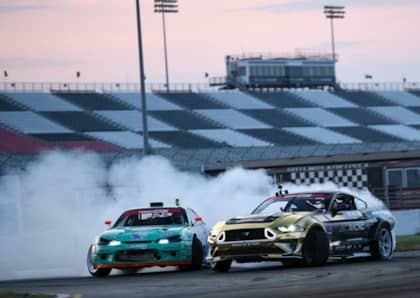Ready For Racing: Fredric Aasbo's 1000hp Papadakis-built 2020 Toyota Supra Formula Drift Car
When the initial renderings of the 2020 Papadakis Racing Toyota GR Supra broke cover back in April, the excitement for the finished vehicle started to build. Then the Supra first slid across our Youtube subscription list back in June, the reality lived up to the hype. With the first (and second) events of the Formula Drift season a few days away, we decided it was time to get up close and personal with the car that will be piloted by the 2015 series champion, 2014 Formula Drift Asia champion, 2010 rookie of the year, and the winningest driver in Formula Drift history, Mr. Fredric Aasbo.
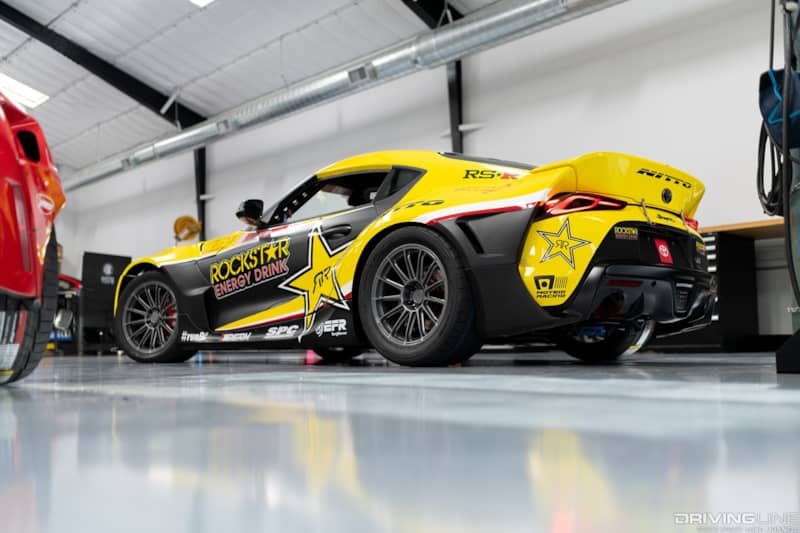
1000+ Horsepower
Prior to the announcement of the Toyota Supra being the drift car of choice for the Papadakis Racing team, Team Owner Stephan Papadakis was given the task of breaking down the B58 engine to analyze in pursuit of 1,000 hp out of the stock block. Over a four-part Youtube series which started back in last August, Papadakis walks through his observations and analysis of the engine and carefully identified which parts he planned to leave stock and which parts he anticipated needing to upgrade to hit the magical 1,000 hp number.
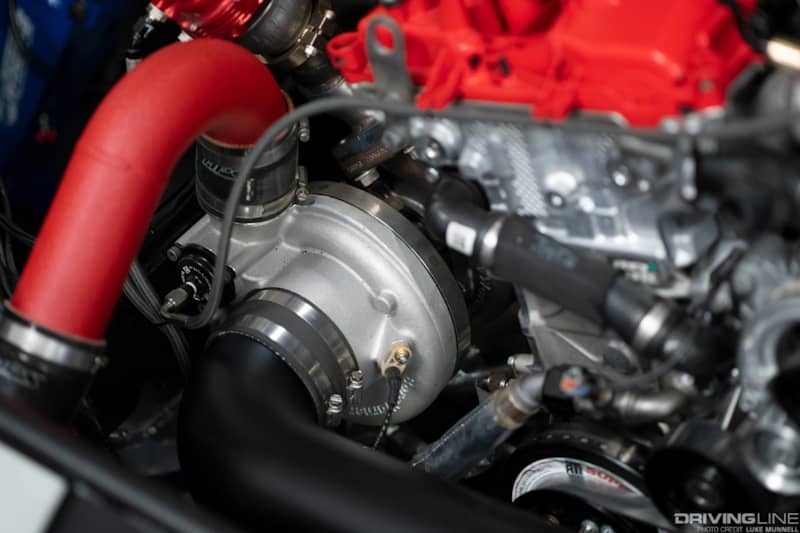
The team at Papadakis Racing is no stranger to 1,000+ hp engines, coming from a long history of import drag racing and several previous engine builds that pushed over 1,000 hp through a 4-cylinder Toyota 2AR engine in the previous Toyota Corolla chassis that will be piloted by Ryan Tuerck in 2020. When all was said and done, not only did Papadakis successfully build a 1,000 hp engine that turned the magic 4-digit horsepower number on an engine dyno, but he built a second engine live at the 2019 SEMA show in the Toyota booth, alongside five other eye-opening Toyota Supras.
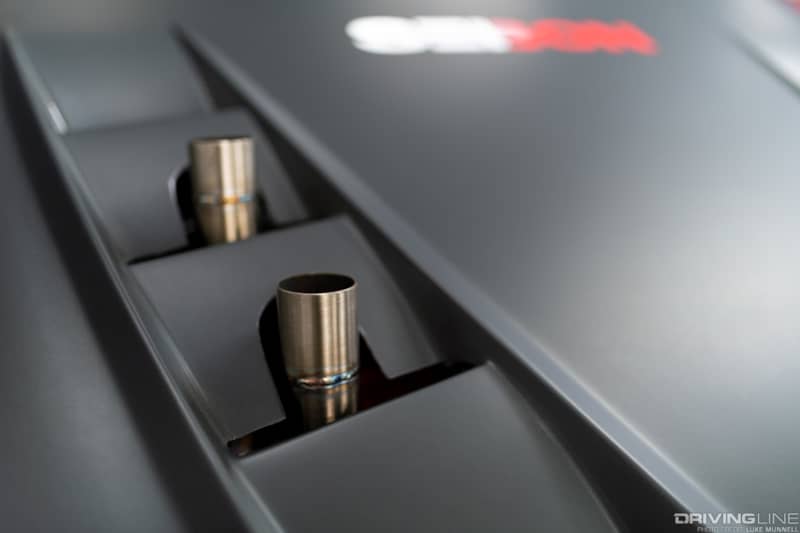
The core of the B58 engine remains largely unchanged, utilizing the stock block and a majority of stock components. The pistons were replaced with 10.5:1 compression JE pistons mated to Carillo forged connecting rods, with Supertech valvetrain components like valves, valvesprings, and other internals were upgraded to manage the power. The exhaust cam was custom ground, and Portflow Design did some mild headwork to improve the flow. On the intake side, the factory turbocharger was replaced with a Borg Warner EFR 9280 unit, with a pair of Tial 44mm MV-S wastegates that manage the boost and expel excess gases through the hood. On the intake side, a custom 3d-printed Mountune intake manifold features a larger intake plenum to handle the 40 (or more) pounds of boost needed to make big horsepower. To give the engine that little extra kick at lower RPM, a 150-shot of nitrous is used to push the engine over the 1,000 hp threshold when needed.
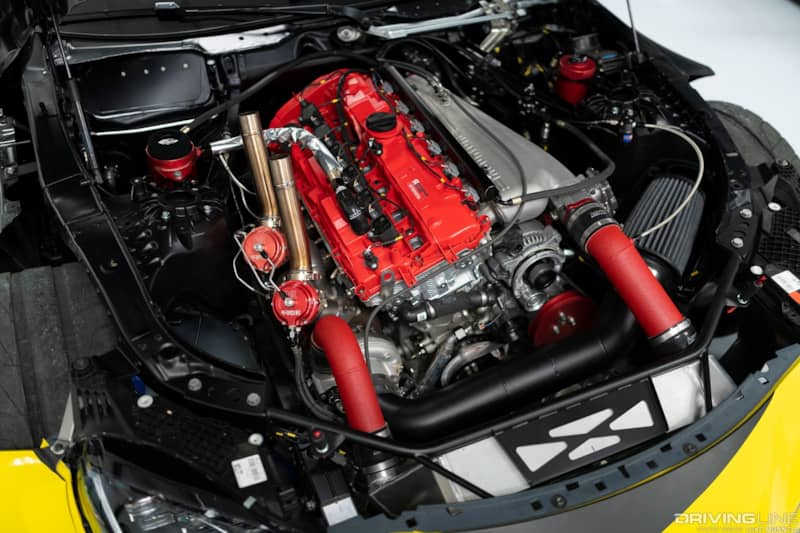
Fueling and Engine Management
With the air side of the air/fuel equation figured out, the fueling and engine management part of the equation was next on the list. Fuel starts in the ATL fuel cell located in the trunk, and is transferred to the AEM fuel regulator via a pair of AEM 380 liter per hour fuel pumps. Six 2000cc Injector Dynamics fuel injectors take care of squirting the fuel into each cylinder, controlled by the AEM Infinity 8 Engine Management System (EMS). Power to the EMS, fuel pump, and all other electrical components is managed via a Moted Power Delivery Module (PDM), which has fully programmable controls at the fingertips of Aasbo through a keypad mounted in the cabin. All outputs from the engine are logged and displayed on the AEM CD-7 data acquisition and display system, which removes the need for all gauges and instrumentation.
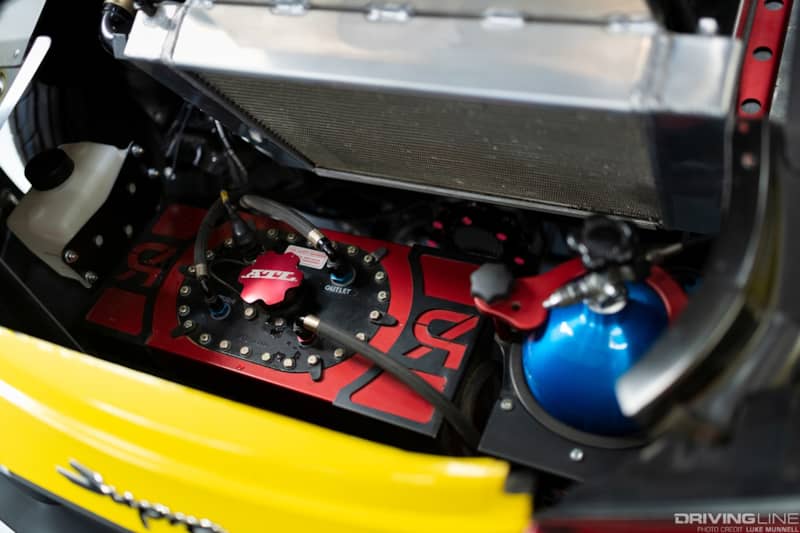
Driver Comfort, Control and Safety
Fredric Aasbo's 6’ 2” stature makes for a tight fit in the Toyota GR Supra cabin on a good day, but fitting into the cabin equipped with all the required safety equipment was going to be tricky. Papadakis Racing used a CAD-designed roll cage to tuck the 8-point unit as tight to the roof line and A pillars as possible, and custom-mounted the OMP HTE-R400 driver seat and OMP HRC-R passenger seat as low to the floor as physically possible. Aasbo controls gear shifts through the G-force GSR 4-speed dog box, which still shifts in the traditional “H” pattern that you would find in a normal passenger car, and modulates the throttle, brake, and Tilton 7 ¼” clutch through a Tilton 600 series pedal box under the dash.
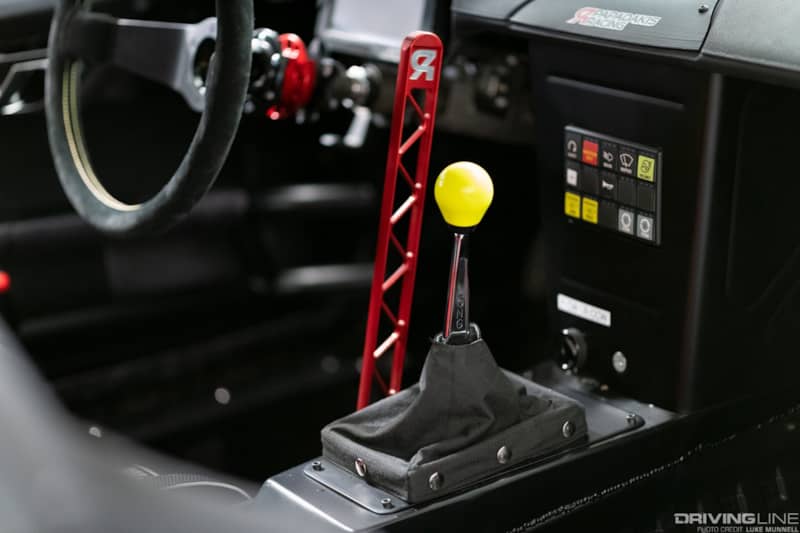
Up front, the car receives driver input through an OMP steering wheel, which directs the Wisefab angle kit to more than 60 degrees of steering angle. Out back, the Stoptech rear foot brake and hydraulic hand brake are used to initiate and modulate the drift, with the hydraulic brake being activated via a nice CNC-machined and anodized handbrake lever. A Formula Drift mandated fire suppression system is available within reach of the driver should it be needed, while a fireproof shift boot surrounds the shifter to help prevent any possible flames from entering the cabin that way.
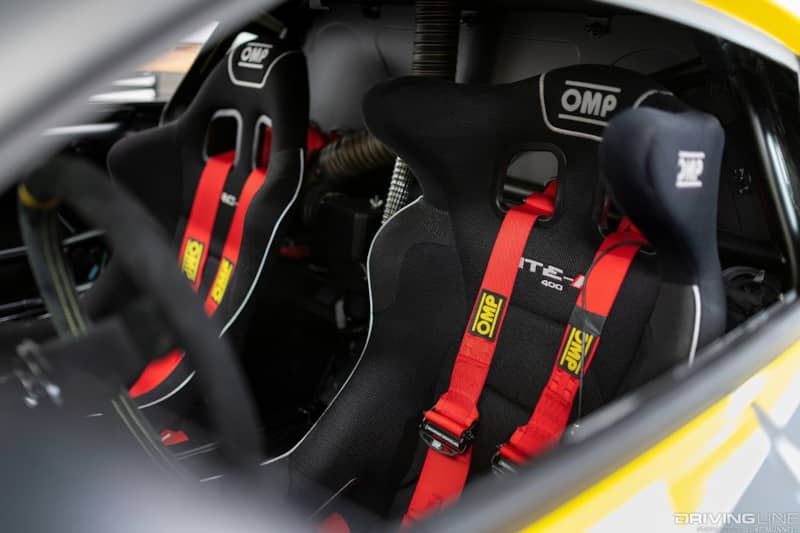
Traction and Turning Heads
Many first-time drift fans think that setting up a drift car to be intentionally loose and break traction easily is the train of thought, but in reality, drift cars are setup to grip to ensure the driver has precise control at all times. Steering inputs are managed through the Motegi Racing MR148 wheels in 18x9" sizing up front, wrapped in 285/35/18 Nitto NT05 tires. In the rear, power is delivered through 18x10" wheels fit with huge 315/40/18 Nitto NT555 G2 tires. The tire sizes this season are a substantial step up from the sizing that the team ran last season, which was a challenge to build around. "The 315 mm wide tire is big for any car, and it's the biggest we have in drift,” said team owner and builder Stephan Papadakis. “Combined with the Nitto NT555 G2's high grip levels means we are going to use all 1,000-plus horsepower of our Supra's engine to keep those tires spinning."
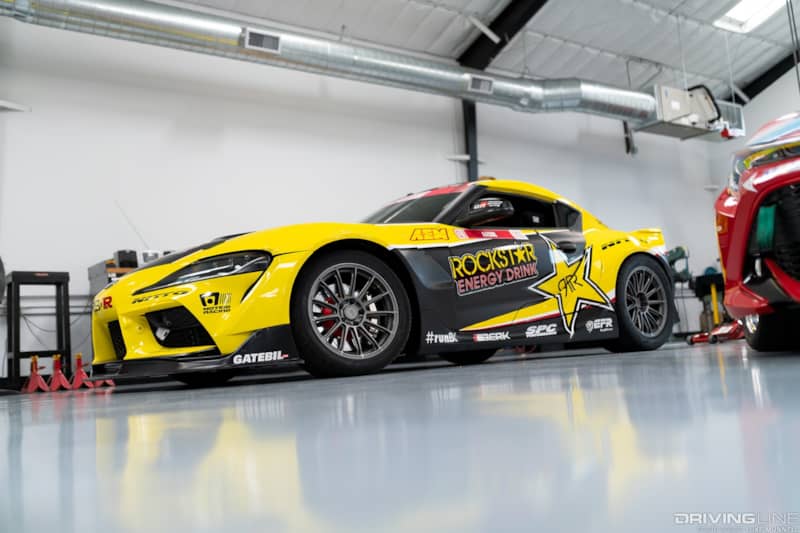
Traction is dialed in through the custom RS-R coilovers and RS-R springs, with different spring rates and rebound dialed in per track as appropriate. Papadakis Racing also designed custom sway bars front and back to ensure weight is transferred appropriately while in drift. This year, the team went with a quick change rear end, which allows for quickly adjusting the gearing at each track without having to swap the entire differential like they had done on previous chassis. This should ensure Aasbo maximizes his time on track.
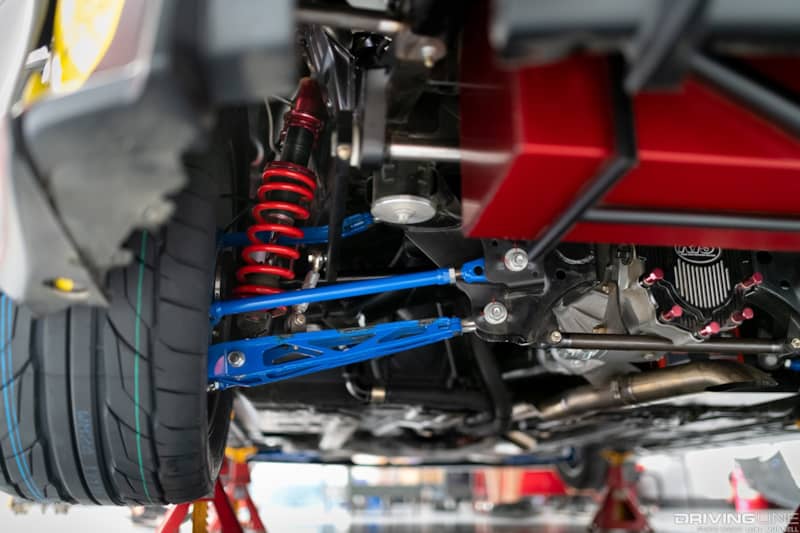
Visually, the Supra is already a great looking car, but the Rockstar Energy livery was applied to help grab the attention of the fans and media at the events. Renown vehicle renderer and designer Jon Sibal created the rendering for the livery, and custom fiberglass replacement body panels and widened fenders were created to extend the body lines and encapsulate the Nitto tires within the body profile. Up front, a lightened Seibon carbon hood is secured with Aerocatch hood pins. Overall, the combination of the ride height, black Motegi wheels, and livery make this car hard to miss even when it’s standing still in the pits!
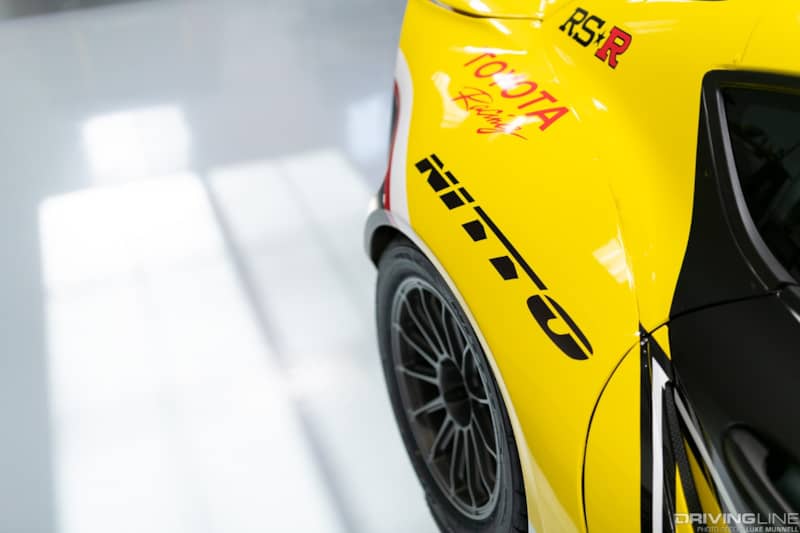
Testing and Tuning
After a prolonged offseason due to COVID19 delays, the team was excited to get to the track and dial in their first laps of the season.
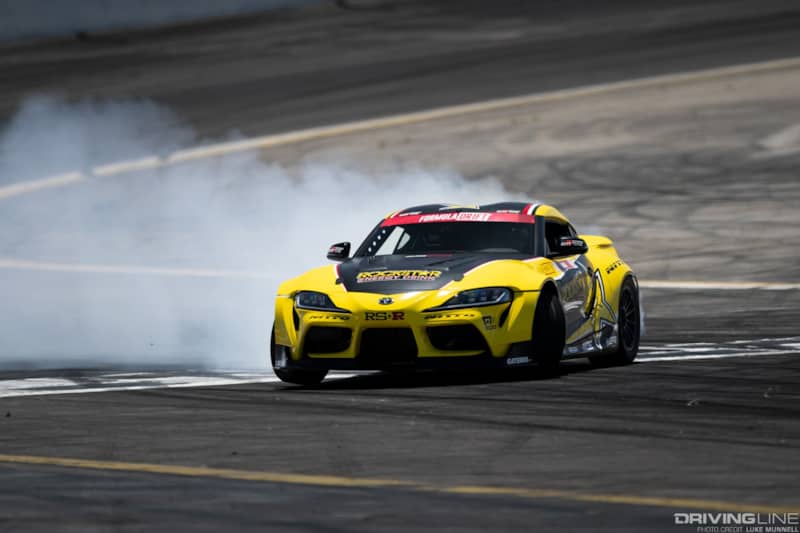
Since the entire chassis and engine was brand new to both the driver and the team, early testing sessions are just as much a shakedown of the car and a feeling-out as they are an actual attempt to be competitive, but over progressive sessions, the team feels they are ready for the first events of the season this weekend.
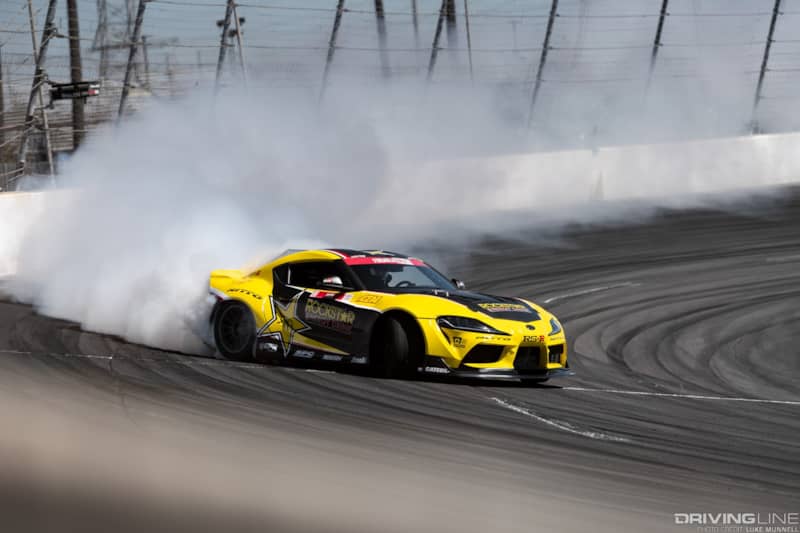
"We've done three tests now and I'm very excited by the potential in the new Supra on the Nittos," said driver Fredric Aasbo. "The NT555 G2 delivers the best compromise between extreme grip and drivability that I've ever experienced." The last time the team switched to a new chassis, Aasbo debuted his 2019 Toyota Corolla to an event win at Long Beach, so the bar is high for the new chassis. Being that the first weekend of the season includes a doubleheader of events, it will be important for Aasbo and the Papadakis Racing team to come out on top of their game.
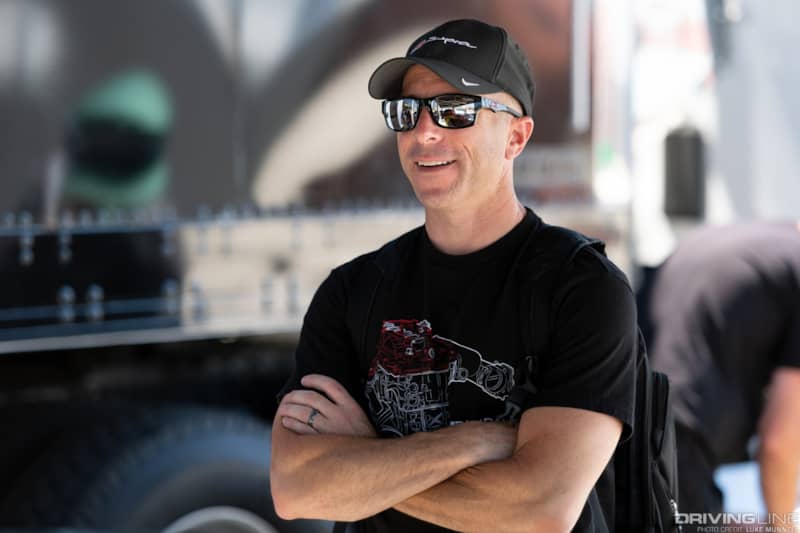
Tune in for the first Formula Drift events of the 2020 season this weekend, and watch for full season coverage here on DrivingLine.com!
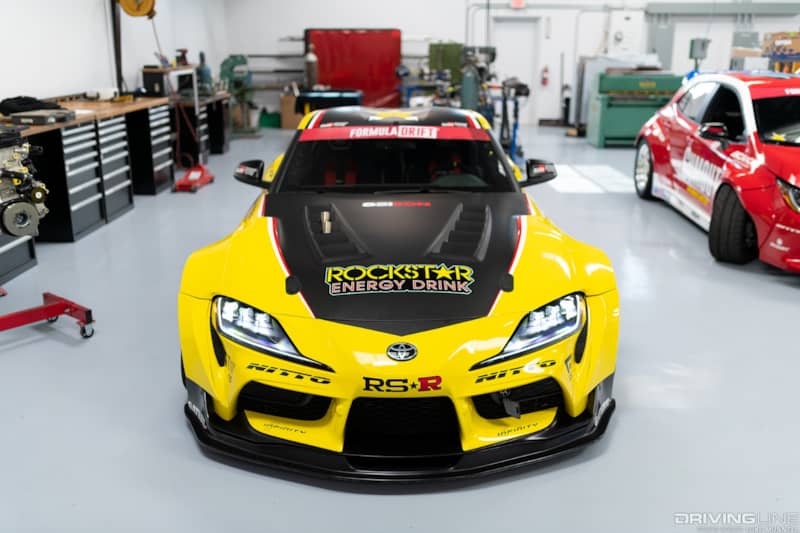
Specs: Fredric Aasbo’s 2020 Rockstar Energy Toyota Supra
| Engine: | Turbocharged Toyota B58 3.0L 6 cylinder engine; Papadakis Racing built with 10.5:1 compression JE pistons, Carillo rods, Supertech Performance valvetrain, Portflow Design headwork, Lucas Oil 5W-50 synthetic oil, Borg Warner EFR9280 turbocharger, dual 44mm Tial MV-S wastegates, custom Mountune intake manifold, Injector Dynamics 2000cc injectors, 150-shot nitrous oxide system, AEM custom intake and intercooler piping, AEM Fuel regulator, AEM 25-201 fuel filter, 2 AEM 380 LPH fuel pumps, Ignite E85 racing fuel, ATL trunk-mounted fuel cell, AEM Electronics Infinity 8 EMS, AEM AQ-1 data-logging system, AEM CD-7 electronic dash, Motec PDM Output: 1,033 HP, 908 lb-ft torque |
|---|---|
| Drivetrain: | G-Force GSR 4-speed dog box w/ straight-cut gears, Tilton 7 ¼” 4 disk clutch, Driveshaft Shop Carbon Fiber driveshaft, quick change rear end differential |
| Suspension: | RS-R Racing custom coilovers, custom Papadakis Racing swaybars, Wisefab suspension arms and steering setup |
| Brakes: | Stoptech 6-pot front / 4-pot rear big brake calipers, custom Stoptech hydraulic rear e-brake calipers, Stoptech slotted rotors, Stoptech stainless steel braided brake lines, low friction brake pads for the foot brake, high friction brake pads for the hydraulic brake |
| Exterior | Custom Jon Sibal designed widened fiberglass fenders, Seibon carbon fiber hood w/ Aerocatch hood pins, Seibon Carbon Fiber trunk, custom Rockstar Energy x Papadakis Racing livery |
| Wheels/Tires: | Motegi Racing MR148 18x9 (front), 18x10 (rear), Nitto NT05 tires 285/35/18 front, Nitto NT555G2 tires 315/40/18 rear |
| Interior: | Custom Papadakis Racing CAD-designed rollcage, OMP HTE-R400 driver seat, OMP HRC-R passenger seat, OMP 6 point (driver) & 5 point (passenger) harnesses, OMP steering wheel, custom Papadakis Racing hand brake lever, Tilton 600-series pedal box, custom brake bias dial, Motec power keypad, SFI-approved shift boot, Safetec fire suppression system, driver helmet-mounted fresh air system |
| Partners: | Rockstar Energy Drink (www.rockstarenergy.com) Toyota (www.toyota.com) TGR (Toyota.com/racing/formula-drift) Nitto Tire (www.nittotire.com) AEM Electronics (www.aemelectronics.com) Motegi Racing (www.motegiracing.com) SPC Performance (www.spcperformance.com) Gatebil Event (www.gatebil.no) RS-R (www.rs-r.com) BorgWarner (www.borgwarner.com) Berk Technology (www.berktechnology.com) |
| Team: | Fredric Aasbo – Driver Stephen Papadakis – Team Owner / Builder Shawn Hillier – Crew Chief Aldo Villagran – Crew Member / Transport Driver Dominic Biro – Crew Member |




